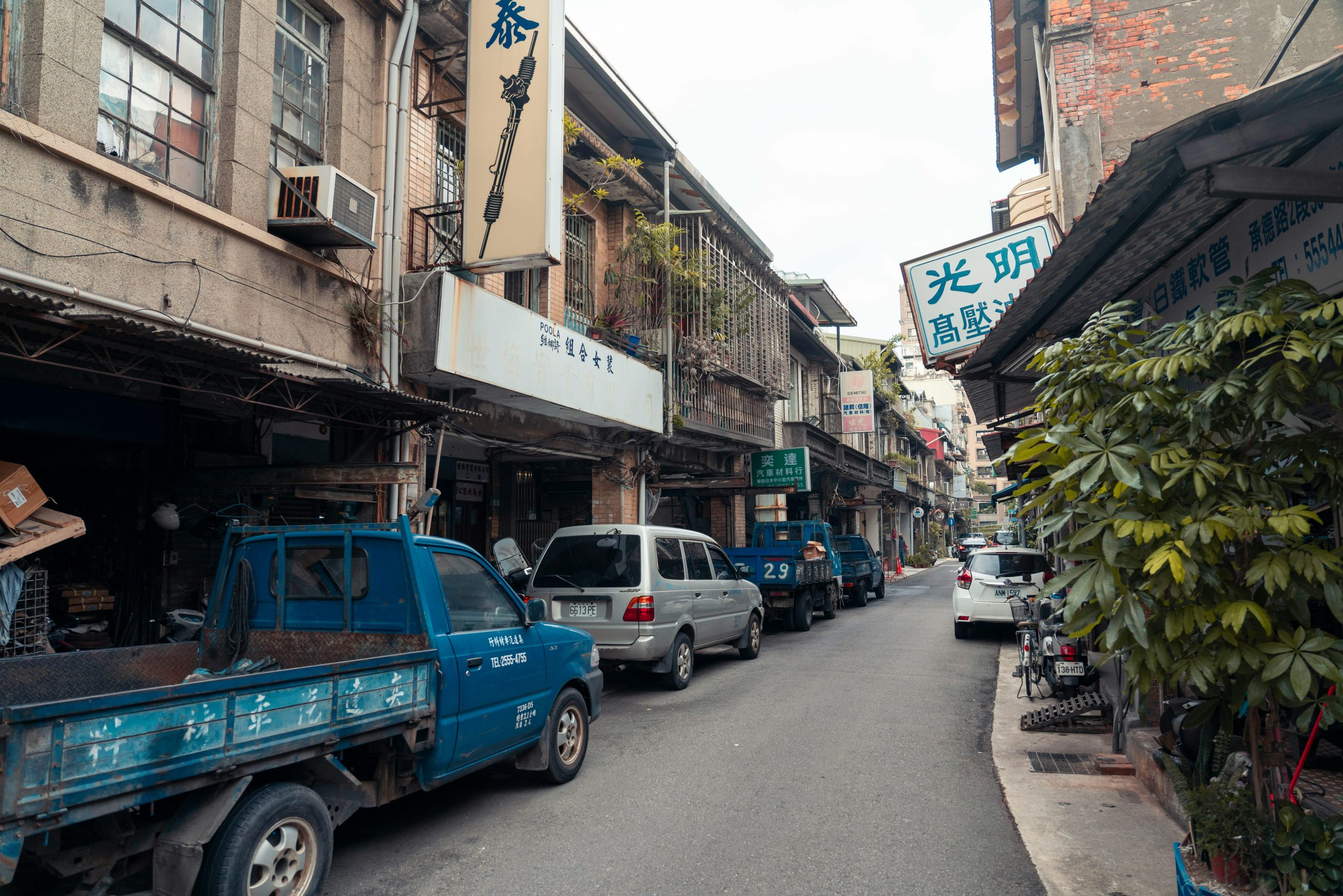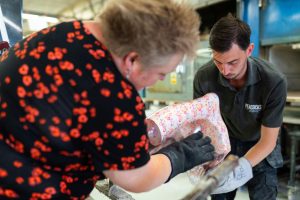Future of Urban Transportation Beyond Traditional Vehicles
With the rapid expansion of urbanization and technology, the traditional modes of transportation in cities are facing major challenges. Crowded streets, pollution, and traffic congestion have become the norm, causing delays and frustration for commuters. However, there is hope for a better future as innovative advancements in transportation are on the horizon. The future of urban transportation is set to go beyond the traditional modes of vehicles.
Revolutionizing Traditional Commuting
One of the main challenges of urban transportation is the reliance on traditional cars. With the rise in the number of cars on the road, traffic and pollution levels have reached an all-time high. To combat this, urban planners are looking towards alternative transportation methods such as electric vehicles, ride-sharing services, and bike-sharing programs.
Electric Vehicles Taking Over
The future of urban transportation is undoubtedly electric. With the rising concerns for the environment, cities are exploring sustainable options for transportation. Electric vehicles (EVs) have proven to be a promising alternative. They are not only eco-friendly but also cost-effective in the long run. Several countries have already announced a ban on the sale of fossil fuel-powered cars, and many cities have committed to switching to electric buses for public transport.
Autonomous Vehicles – A Game Changer
Autonomous vehicles (AVs) have been a hot topic in the transportation industry for several years now. With the development of advanced technologies such as sensors, cameras, and artificial intelligence, AVs are closer than ever to becoming a reality. These self-driving cars have the potential to reduce accidents, improve traffic flow, and reduce carbon emissions. Companies like Google, Tesla, and Uber are already investing heavily in this technology, with successful test runs being conducted in various cities.
Rise of the Sharing Economy
Ride-sharing services and bike-sharing programs are gaining popularity in crowded cities. These services not only provide a cost-effective mode of transportation but also reduce the number of cars on the road. With the rise of mobile apps, ride-sharing has become hassle-free, and users can conveniently book a ride at any time. Bike-sharing programs are also becoming a popular means of short-distance commute, promoting a healthier lifestyle and reducing carbon footprint.
Hyperloop – The Future of High-Speed Travel
The concept of hyperloop, a high-speed transportation system, is gaining momentum in the transportation industry. This futuristic mode of transport uses vacuum-sealed tubes to transport passengers at speeds of over 700 miles per hour. This would significantly reduce travel time between cities from hours to mere minutes, making it a game-changer in the way we commute.
The Role of Technology in Transforming Transportation
With the rise of artificial intelligence and the Internet of Things (IoT), the future of urban transportation is set to become increasingly connected and digitalized. Real-time traffic monitoring, predictive maintenance, and smart traffic signals are just a few examples of how technology is transforming the way we travel. These advancements will not only improve safety but also optimize travel routes, reducing commute time in the process.
Challenges and Solutions
While the future of urban transportation looks bright, there are still challenges that need to be addressed. The cost of implementing these technologies on a larger scale is a major concern. Additionally, issues such as data privacy, cybersecurity, and infrastructure need to be carefully considered and managed. Governments, private companies, and researchers are working together to find solutions to these challenges and ensure a smooth transition towards a more advanced transportation system.
The Need for Strategic Planning
There is no doubt that the future of urban transportation is exciting, but it requires strategic planning and collaboration to make it a reality. This involves working closely with city officials, transportation companies, and the public to understand their needs and implement sustainable solutions. Cities that take proactive measures in planning for the future of transportation will reap the benefits of reduced traffic congestion, improved air quality, and better quality of life for its citizens.
The Bottom Line
The future of urban transportation beyond traditional vehicles is promising. With the rise of electric and autonomous vehicles, sharing economy services, and advanced technologies, the transportation industry is on the brink of a major transformation. These changes will not only improve the way we travel but also have a positive impact on the environment and economy. It is crucial for cities and stakeholders to embrace these changes and work towards a sustainable and efficient transportation system for the future.











